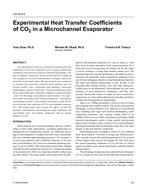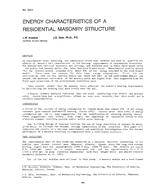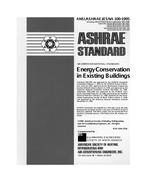This paper compares and contrasts nine typical commercial wall systems, taking into consideration their respective material environmental life-cycle burdens, operating energy effects, direct construction and operating energy costs, and indirect costs, or what are known as social or externality costs.
Using commercially available environmental life-cycle assessment, operating energy, and direct construction cost databases and software tools, as well as public sources for fuel prices and externality costs of material and energy use-related emissions to air, water, and land, the full environmental life-cycle costs of each wall system was estimated over a 20-year time period as built in Toronto.
The paper describes life-cycle analysis and full-cost accounting, including environmental externality costs—the additional costs to society in terms of human health and environmental damage that are not incorporated into our present economic system. The integration of life-cycle assessment, life-cycle costing, and externality costs in one method solves the problem of having to intrinsically weigh direct costs against the array of environmental burdens as all results are expressed in monetary terms—a terminology that all decision makers understand and can appreciate.
This more robust decision-making framework offers us a method for moving away from what some would call our current subjective or prescriptive decision-making process, with its inherent pitfalls, to one that is more holistic, objective, and ultimately performance based.
Citation: Thermal Performance of Exterior Envelopes of Whole Buildings IX
Product Details
- Published:
- 2004
- Number of Pages:
- 9
- File Size:
- 1 file , 1.4 MB
- Product Code(s):
- D-BldgsIX170


